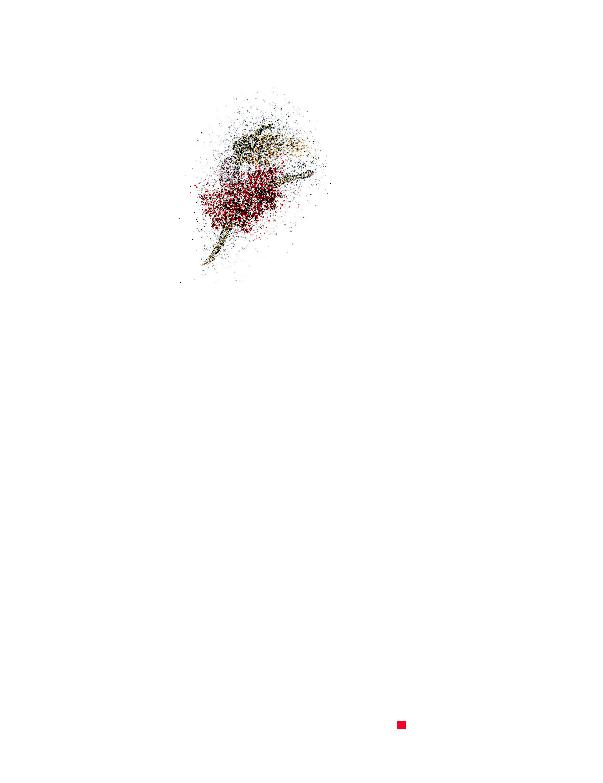
"It is designed not only to provide self-care for students, but
also to give them tools they can use with patients when they
begin their clinical practice."
Art and Healing
programs allow Dr. Lee to
medium.
don't take seriously enough how much
the arts and arts engagement can change people's lives. Just
in the short year I've been here, it's been striking to me that
several people have said to me that dancing saved their life,"
Dr. Lee says.
to the development of the Center for Arts in Medicine at the
University of Florida and to a recent call by the National
Institutes of Health to fund the study of arts-based approaches
in palliative care as indications that "something is changing."
radar of the general public, because they have not typically
been funded, Ritter says. "There have always been founda-
tions out there that have been more inclined to fund projects,
but certainly not enough," she adds, noting that financial
support for arts-in-healing programs seemed to have gone in
waves throughout the 20th century. A renewed interest in
support may be a result of the availability of more data, she
says, such as that of the American Dance Therapy
Association, which has data that support dance as a therapy
for people with autism, who have an eating disorder, or who
have experienced physical or emotional abuse or domestic
violence.
actually works," says Ritter. "We know it works, because we
can see it in our clients and our students and our patients, but
quantitative data is just starting to emerge. Hopefully, we'll
start to change public policy so as to increase awareness of
the funding needed to make these kinds of programs accessi-
ble to more people."
Gross, Dr. Lee has plans to apply for service and research
cation graduate program that is a joint program with Rutgers'
Graduate School of Education.
and the arts, such as being the host site for a dance therapy
for autism class sponsored by Very Special Arts New Jersey,"
regard to his studies related to Parkinson's. In addition,
Mason Gross dance students are participating in science-
based studies on the physiological, emotional, and general
Exercise Science and Sport Studies, director of the Human
Performance Laboratory, and director of the Center for
Nutrition, and Health.
Ritter says. "We can have people like Dr. Tepper and other
making connections to what also goes on in the research lab;
that process could happen on many different levels, with dif-
expand the SAF-sponsored wellness programs to include visu-
director of the Soma Center in Highland Park, will provide a
workshop for medical students integrating movement, draw-
with this," Dr. Lee says.